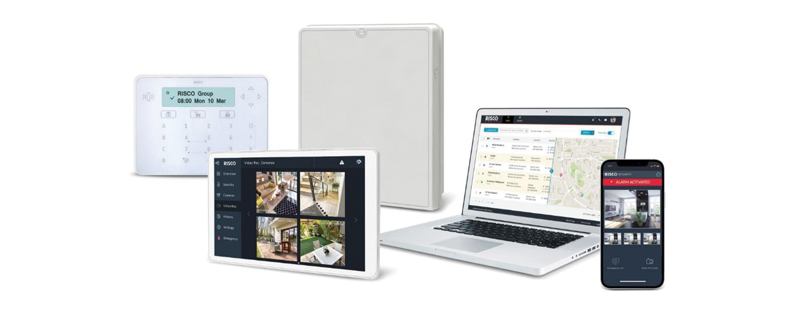 LightSYS+ is an alarm system that can be configured for Grade 2 or Grade 3 systems and supports up to 32 partitions, 512 zones and 500 users. It is structured around an RS485 bus architecture and is supported by a wide range of optional modules including GSM 2G, 3G and 4G, Audio messaging, Listen & Speak units, and VUpoint IP cameras for visual verification. Its multiple connection capability, including a built-in Wi-Fi module, allows for monitoring station connection either directly or through the RISCO cloud service. Engineering management through Configuration software and communication with iOS or Android apps is available. Further links can be made to RISCO’s home automation devices.
LightSYS+ is an alarm system that can be configured for Grade 2 or Grade 3 systems and supports up to 32 partitions, 512 zones and 500 users. It is structured around an RS485 bus architecture and is supported by a wide range of optional modules including GSM 2G, 3G and 4G, Audio messaging, Listen & Speak units, and VUpoint IP cameras for visual verification. Its multiple connection capability, including a built-in Wi-Fi module, allows for monitoring station connection either directly or through the RISCO cloud service. Engineering management through Configuration software and communication with iOS or Android apps is available. Further links can be made to RISCO’s home automation devices.
Getting started
The system is supplied as separate modules that are selected to suit the installation. The main control panel can be fitted into the small or large version of the plastic box that contains the short mains cable for the 100 – 240v AC power supply and a fused connector block that feeds it. The box has a range of plastic mounts that are used to hold all components in place and the main panel can be swung down to access the PSU clipped in behind it. Sufficient space is allowed for the back-up battery of 7Ah to be mounted in the base though the system will support up to 21Ah batteries if the larger housing is used.
A straightforward 4-wire bus arrangement is used to connect the keypad to the panel. This recommends red and black cores for the 12v power and yellow and green for the data. Identical bus wiring connections are used for expansion modules and additional keypads and devices.
Menu options
At initial power-up the keypad requests the language to be used followed by the partition quantity from a default of 8 up to 32, then Time & Date, the panel then shows enabled zones and enters Engineer mode. If an Ethernet link to an internet connection is available, the panel will connect with the RISCO ‘Cloud’ server during the start-up and can perform a firmware update that may take up to 2 or 3 minutes to complete.
Read the full review in the April 2022 edition of PSI magazine


